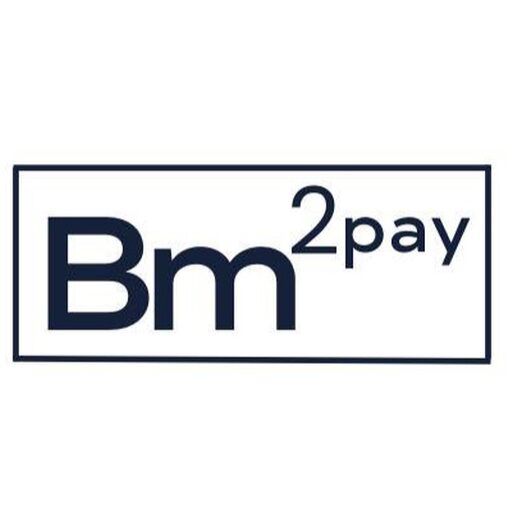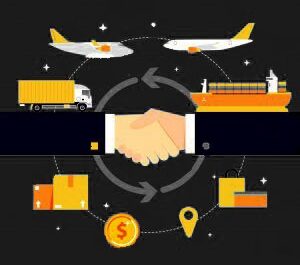Blockchain can be defined as a chain of data blocks. The “block” is made up of digital data containing a hash which is stored in the “chain” – a public database. When transactions are conducted, they form this chain which cannot be altered once it is formed. The main advantage of using this system for financial transactions is that the structure is decentralized.
When it comes to credit card payments, for example, decentralization enables cutting out costly intermediaries. Cross-border transaction fees would also be reduced because buyers would not have to pay banks fees for using their services abroad. Due to the lowering of cross-border fees, small and medium businesses would be able to afford to scale to global markets.
READ MORE:
5 PAYMENT PREDICTIONS FOR 2019
NEW EU REGULATIONS TO REVOLUTIONIZE CROSS-BORDER PAYMENTS






